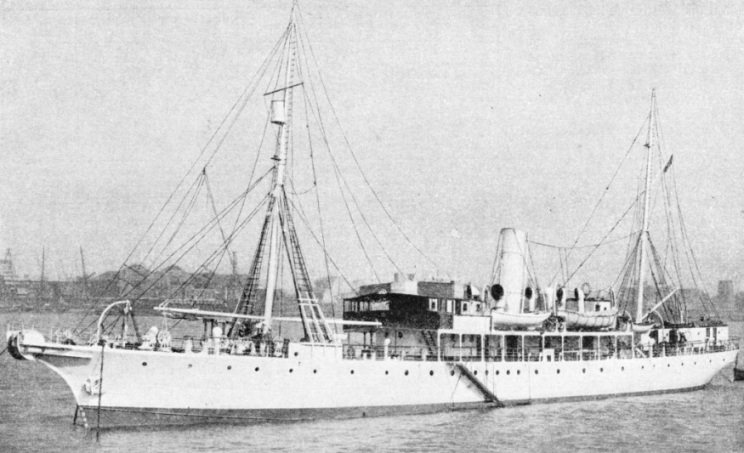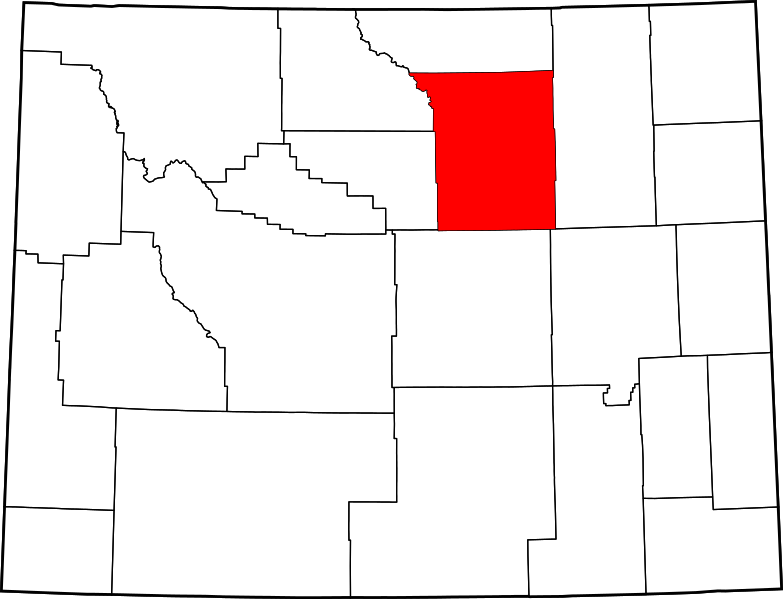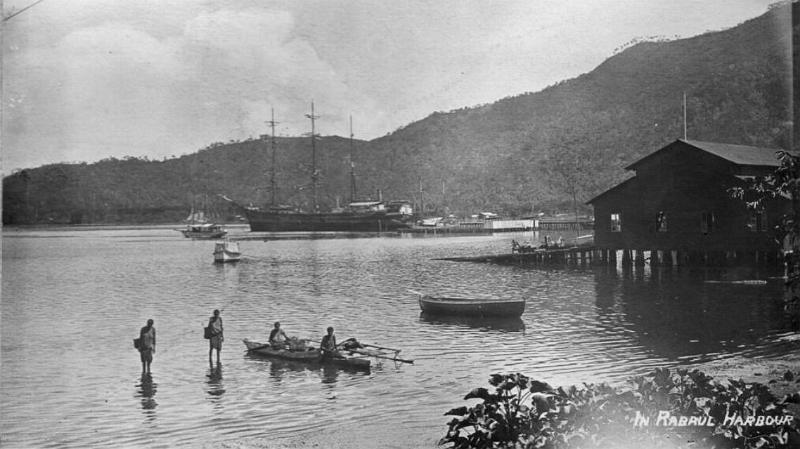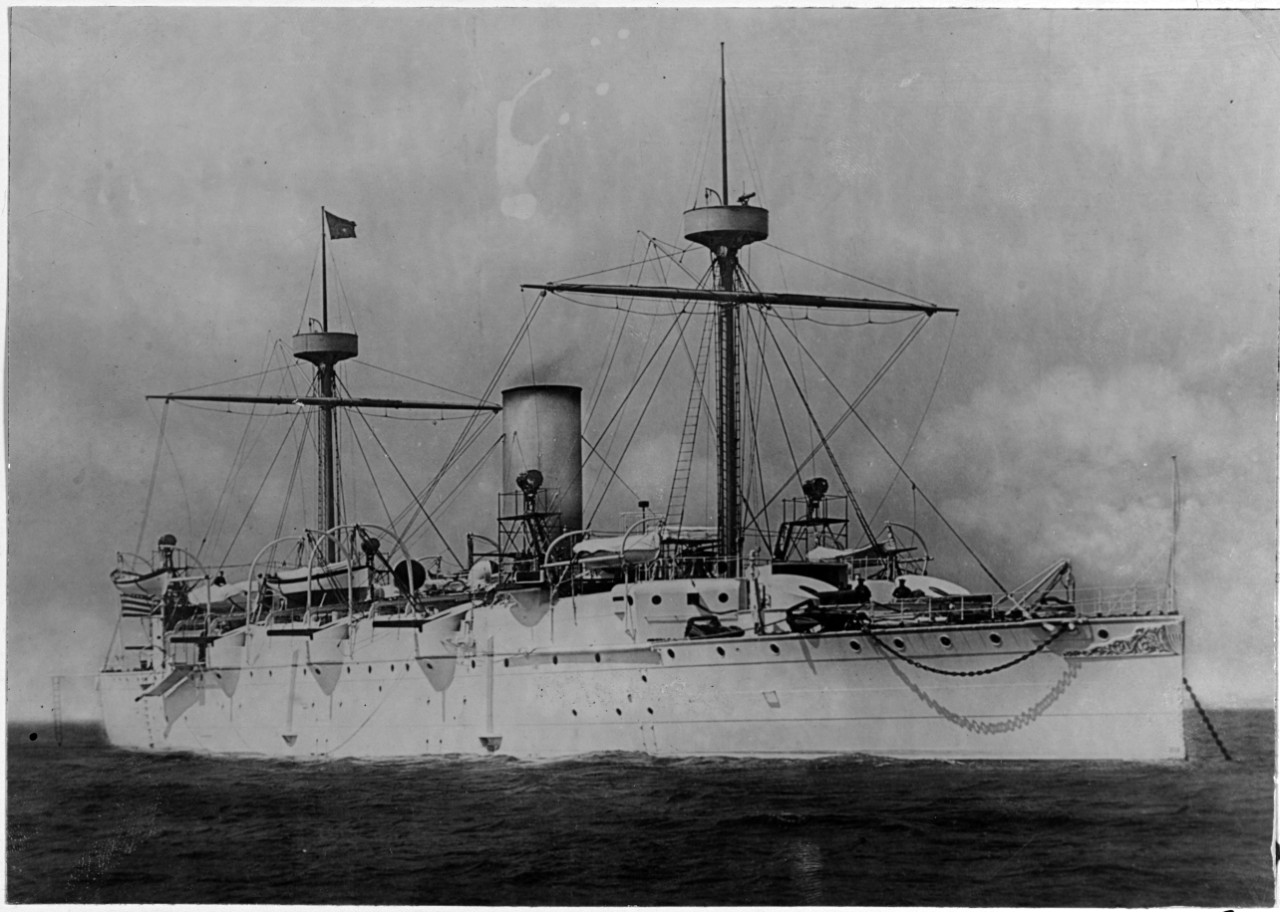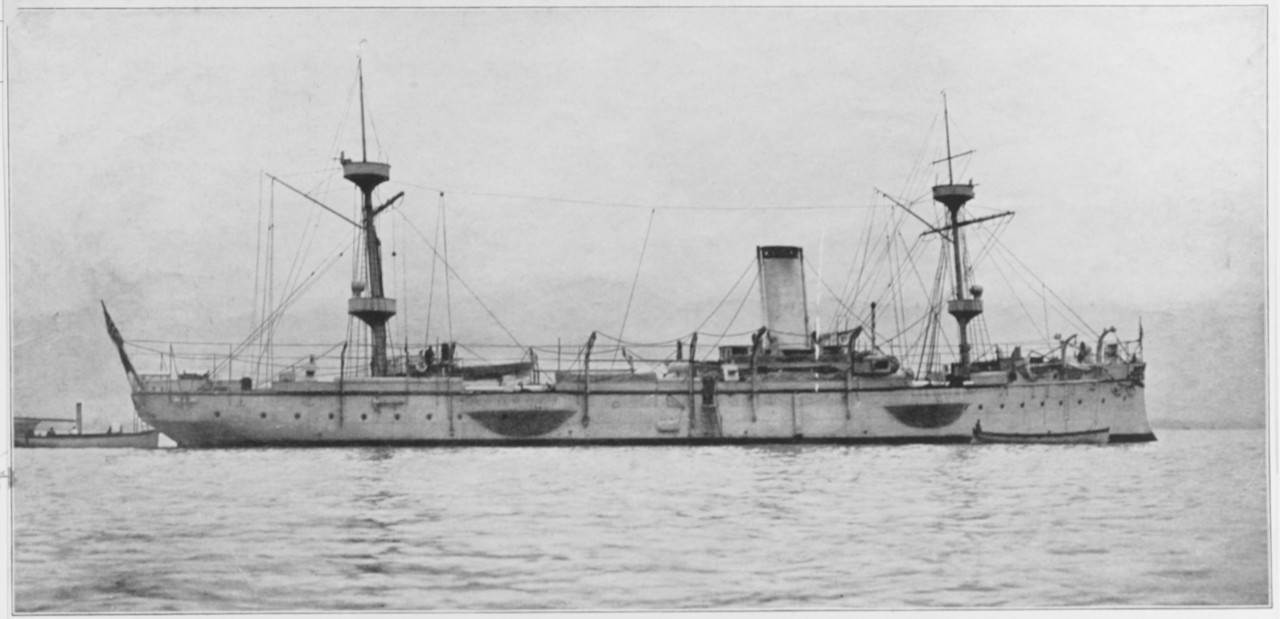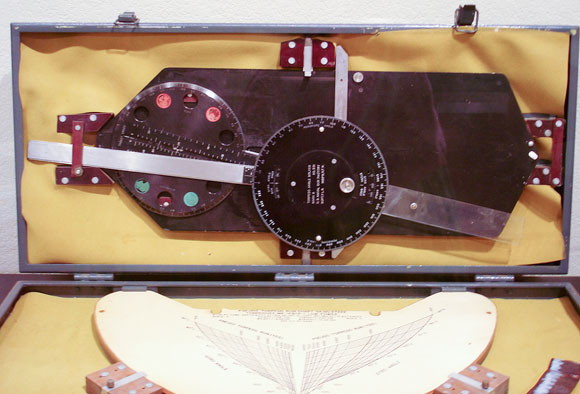Post by miletus12 on Jun 19, 2023 17:59:41 GMT

The Silva Gang
THE bad man of the border land is fast passing away.
Apache Kid and his gang of marauders and cut-throats, who murdered some twenty-two settlers, miners and teamsters along the Rio Grande border between 1890 and 1897, have gone into their graves. The Lopez band that terrorized the ranchmen and miners in Southern New Mexico and in Western Texas for ten years has been put to flight across the Rio Grande. Last month the Butch Cassidy gang of outlaws of Utah was forever dispersed and the leader shot and killed 200 miles south of Salt Lake City. Close upon this new has come the information that the last of the horrible Silva gang of Northern New Mexico has gone to the penitentiary at Santa Fe for a life term.
Old-timers all say that the Silva gang of cut-throats and thieves was the most perfectly organized ever known in the Southwest. For the five years that the Silva gang was in existence in Las Vegas the ranchmen, merchants and traders in that part of the Territory were in constant dread that their property might be robbed at any time by the unknown thieves. The people who lived on lonely sheep and cattle ranches out in the foothills were afraid to go abroad at night lest they, too, would be found dead at the hands of an unknown murderer. All the cattle ranchmen were at their wits' ends to discover how their herds were lessening.
When Colonel W. A. Adams (a cousin, by the way, of the late George M. Pullman) and his two stalwart sons were found dead at their ranch home on their sheep range over thirty miles south of Los Cerillos and their gory bodies had bullets in their heads and stabs in their chests, it was generally believed the Pueblo Indians had again revenged themselves on the white men. Vicente Silva himself went about declaring that he would be one of a committee to go and bring the Indians to justice. The ranchmen were horrified at the crime.
It transpired two years ago, however, that the murder was one of the deeds of Silva's gang and that it was done because Colonel Adams had discovered who was robbing him and his fellow sheep raisers and was about to expose the robbers. All in all the Silva gang was as desperate and at the same time as sagacious as any band of outlaws yet known in the Territories. How many crimes may be attributed to the gang will never be known, the crimes were so far apart and committed by different groups of men. So many of them also were thought at the time to have been committed by Indians and drunken cowboys.
Silva, the leader and organizer of that gang, was the last man the people of Las Vegas would have suspected of being the promoter of all the rapine and blood-shedding in that region. Vicente Silva was a saloon keeper in Las Vegas. He was born in San Bernalillo County, New Mexico, in 1845, was tall and well built and had an intelligent face and agreeable manners. He once ran for Sheriff and had a large vote. He was reared a neighbor of the Navajo Indians, and as a youth he saw repeated wanton murders, and knew all about robberies and rapine. It is natural then that he was an outlaw at 20. He went with a dozen other Mexicans to Wyoming in 1877, and was a vaquero there for about a year. One day he met the wife of a Mexican railroad laborer and together they started on broncos across the country for Colorado. The husband, Felipe Aguilar, came home the next day and started post haste after the elopers. What took place was never fully known, but Silva and his new wife reached Las Vegas, worn out and ragged, after weeks of horseback travel, and a month later the news followed after them that an American farmer in Southern Wyoming, near Cheyenne, had found the decomposed remains of a man, who resembled Felipe Aguilar beneath a straw stack. The head was nearly cut off, and there were mortal cuts through the chest. No one ever doubted that Felipe had come upon Silva and the eloping wife, and that the husband had been stabbed to death and his body concealed in the straw stack. But those were rude days.
By a lucky find of a small silver mine in Southern Colorado Silva had some capital. Ho opened a saloon on the old plaza in Las Vegas, and did a good business from the first day. His winning ways, his big mahogany bar and his gorgeous gambling rooms upstairs made this place a center of attraction. The cattle and sheep herders and silver miners made money fast in those days, and his place became the most frequented in San Miguel County. There was always a crowd of cowboys, sheep herders and wool and cattle buyers at Silva's, and the old-timers say that some of the most exciting moments they have ever known in the Territories were those in Vicente Silva's saloon of an evening, when the Mexicans from the ranges had become drunk and ugly. The cattle and wool business rapidly declined in 1887 and 1888, and custom at Silva's bar fell away fast.
Hard times and an extravagant taste quickly bred in Silva the old-time taste for outlawry as an easy means of livelihood, and, while he laughed and joked with patrons at his bar, and gave ostentatiously and generously to charity, he was secretly and at night organizing the most thorough band of marauders yet known in that region. He had been in Colorado and he saw how cattle and horses might be driven there through the unfrequented passes in the Rockies, and how they might be sold in small bunches for large prices per head at the numerous mining camps in Colorado without exciting comment and investigation. Then, too, his long association with the Mexican vaqueros in Northern New Mexico—especially in San Miguel, Santa Fe and San Bernalillo counties —made him familiar with the men most suitable for an organization for robbery and plunder, and he made few errors in his choice of followers.
The meeting place of the new band was the Silva saloon, at night, after the lights had been put out and the business closed. No bands of Molly Maguire’s were ever bound by such secrecy and oaths as were the men who joined the Silva gang. Robbery of cattle horses and sheep from the numerous lonely ranches in Northern Now Mexico, with occasional burglary, and a murder if it became necessary In the course of operations, was the purpose of the band. Silva bought for a mere song a ranch thirty-two miles from Las Vegas (near San Pedro), among the Raton Mountains, as the base of operations for his secret band of robbers. A more isolated and uninviting spot could hardly have been found in all that region. Scarcely a dozen people went that way in the course of a year. The route there twisted among towering cliffs and pinnacles of granite. Patricio Maes and Manuel Maldonado were appointed to look after the ranch, and to tell possible inquirers that it was Silva's property.
It was smooth sailing for the band for several years. Silva laughed and played the agreeable host at his saloon and gave money to the church and for the orphans' Home and poor old people about town. But almost every day he had reports from the members of his band, and once a week or fortnight there was a secret meeting at night among the dark, heavy old adobe buildings in Las Vegas. Periodically there was a division of the proceeds from recent sales of cattle, mules and sheep from Silva's mountain ranch to the buyers for the Eastern stockyards. The ranchmen were continually complaining of thefts of cattle and horses from their herds. The several Sheriffs and their deputies scoured the country over for the thieves, and the ranchmen banded themselves together to protect their property. Still the thefts went on.
In July, 1891, over seventy cattle were reported stolen, and three small post-offices were robbed. There were mysterious disappearances, also, of miners and cowboys, who carried money about their persons, and had no interested relatives in the Territory. For instance, Pedro Vejar was seen going to Las Vegas one evening in May, 1890, after he had sold his wool for $200. He was never seen alive again. Then there was Antonio Vasquez, who drew two months' pay from the Santa Fe Railroad Company one afternoon, and was seen last at Silva's saloon a few hours later, partially drunk. His cousin and sister searched diligently for him, but not a clue could ever be had to his fate. Ramon Oberro disappeared in the winter of 1891-92 along with $300 from his sale of mules. The Indians were given a good deal of credit for the crimes, but no evidence could ever be found against any of them.
The people were shocked when the news came in the summer of 1891 that the ranch home of George E. Payson (in San Bernalillo County), a young man just out from Cairo, Ill., had been found broken into and the remains lay badly decomposed on the floor, where the young man had fallen in a desperate encounter with unknown murderers. The house had been robbed of the money Payson was believed to have had there, besides its valuables. A bunch of cattle had been killed and skinned on the ranch. There was never even the faintest clue to the murderers and robbers, except that several skins bearing Payson's brand were found a year later after Silva had been killed, among several hundred skins secreted at the Silva ranch near San Pedro.
"There is no doubt that the earth under Silva's old saloon over there across the plaza holds a number of bodies of men who have mysteriously disappeared from this locality," said a merchant at Las Vegas recently to the writer as he talked of the crimes that the arrested members of the Silva gang had confessed in court and the findings of the detectives. "But the men who disappeared were persons without friends and relatives here and no one wants to pull up the floor and dig. Besides, what good would it do now, anyway? Seven people quite well known in San Miguel County dropped out of sight from 1888 to 1892. The Sheriffs of Santa Fe and San Miguel counties had a constant flow of reports of robberies of cattle and horses and burglaries of ranch houses and isolated stores, and they and their deputies were ceaselessly vigilant. There was not a clue to be had as to the offenders, search as hard as they could. Silva himself joined an organization and contributed money toward detecting the robbers and for finding what had become of the men who had so strangely disappeared."
The gang grew bolder and the secret of the frequent crimes came suddenly at last. Refugio Esquibel, the wealthiest ranchman in San Miguel County, found four of his best bred horses missing from the range. With his ranchmen he went hunting over the mountains for the animals. He came upon them in the little rock corral at Silva's lonely ranch and forthwith he went and notified the Sheriff that at last a clue had been had to the thieves who had so long been robbing the ranches for miles around. Patricio Maes, who was at the corral, was arrested and fearful of lynching he secretly offered to tell all about the robbers. He was accordingly let go for a week, in which time he was to get more accurate information for the police officers. That was in October. 1892.
A secret report was made to Silva at his saloon that Maes was about to tell all. An order that the gang only knew went forth for a business meeting at midnight at the saloon. It was believed another dividend was pending, and every one of the band was there. Then the gang assembled, coming one at a time, and being admitted by a sign at the rear door. Silva presided. Maes sat there, unmindful of the purpose of the meeting. A member rose and charged Maes with perfidy to the gang, and told what he knew about Maes' agreement to reveal the gang to the officers. A brief trial was held. Maes denied and other members of the band told what they knew about Maes' perfidy. Silva called for a vote on the guilt or innocence of the accused. Every one voted "guilty." Death had been agreed upon as the punishment for perfidy when the gang had been organized. Silva had prepared for the decision of guilty, and he had a rope and noose hidden behind his saloon.
In the partial darkness Maes was bound and gagged by his companions. He begged and wept that his life be spared. He began to shout, but he was choked by the noose about his throat. Half dead with fear the wretch was quietly dragged along the narrow streets of Las Vegas an hour before dawn to the bridge over Gallinas Creek. There amid a blinding snowstorm he was hanged from a stringer. When October 22, 1892, dawned the body of Patrick Maes, stiff, cold and covered with snow, swayed to and fro in the wind that was blowing over Raton Mountains. The Coroner's jury decided that he had been lynched for an unknown crime.
Events moved swiftly with the Silva gang after that. Silva knew that he was suspected. He fled on October 26 to a secret hiding place in the mountains near Los Alamos. He was indicted for horse and cattle stealing on November 7, 1892, and became a refugee from justice. The Governor of the Territory and the Sheriffs in Northern New Mexico together offered $1000 for his capture.
Suspecting that his wife and her youthful brother, Gabriel Sandoval, were giving information to the Sheriff and the secret organization of citizens that were slowly uncovering the crimes of his band, Silva determined to get rid of his family. So he set about planning how to expeditiously and with no suspicion of guilt on himself kill his wife and her younger brother. The plans were finished by January 23, 1893, and on the evening of that day Silva and Guadalupe Caballero rode stealthily to Las Vegas. Two policemen in the town, Julian Trugelio and Jose Chavez Chavez, who had been partially in league with the robbers and murderers from the first, were sought out. They agreed to go with Silva to his own adobe home and stand guard at the door while Silva and Caballero went inside to deliberately stab Mrs. Silva and her brother to death. Jose Chavez Chavez was sent ahead to spy out the situation at the Silva home before Silva and Caballero went there. Chavez came back and reported that Mrs. Silva had company, and that he had reconsidered and would not be a party to killing a woman who had been friendly to him.
The deed must be done that night anyhow, so the plan of procedure was quickly altered. Young Gabriel Sandoval was to be lured from his sister's home and then quietly slain. When that was over Silva was to go home to his wife, as if he had just come in secretly and hurriedly from his refuge in the mountains, and force her to flee with him back to the mountains, where her murder might be accomplished more at leisure and with no witnesses to the crime.
Those plan suited Policeman Jose Chavez, who, as an officer of the law, did not wish quite such a wholesale murder as was first proposed. Trugelio was sent to tell young Sandoval that he was wanted at the home of a sick friend in another part of Las Vegas. The young man responded to the call. Just as he was hurriedly passing along a narrow dark street, lined with one-story adobe houses, Silva leaped from a dark retreat and stabbed him. Sandoval uttered a shriek and Jose Chavez, fearing the noise would rouse the neighbors, struck the youth upon the head with a revolver until the skull was fractured. All the party fled but Silva and Caballero, who carried the body to a cesspool nearby. It was dug out two years later, when the details of the crime were confessed.
After washing his hands at Policeman Chavez's house, after the murder of Sandoval, Vicente Silva hastened to his wife. He protested his love and devotion to her and told how he had risked his very life to come to see her again. He soon induced her to leave at once with him for his hiding place among the mountains. No one knows what occurred on that ride along the lonely trail from Las Vegas to the Raton Mountains that cold January night. When Silva returned to his half dozen marauding followers the next day he said he had finished the job, and there would be no more "squealing down-in Las Vegas”. Two months later, when the gang was known and several men in were tumbling over one another in their anxiety to tell all they knew and save their necks from hanging, the body of Mrs. Silva was dug from a shallow grave in an arroyo in God-forsaken region near San Pedro. A dozen mortal, stabs about the chest told the story her death. Frightful lacerations on the dead woman’s hands told the struggle she made with her bandit husband while he stabbed her. In March, 1893, the Sheriffs of San Miguel and Santa Fe counties had got abundance of evidence as to the men who composed Vicente Silva’s gang. Twenty arrests were made in a few weeks. Several men were brought back from Texas and from the southern part of the Territory. Four made explicit confessions and three more told parts of the details of the long series of crimes. Silva was dead and there was no longer fear of vengeance from him.
Then the mills of justice in the Government courts in New Mexico began to grind. They ground very slowly and they have not ground so fine, after all, for four years the cases of the Silva gang have been in every term of the United States courts in New Mexico. The whole Territory, especially the Mexican, has watched the cases with deep interest. Three men were not convicted. Four were sentenced to death, and their sentences commuted to imprisonment for life. Three have been hanged. Five are serving sentences varying from four to ten years in the Territorial penitentiary. Two served year or two and were pardoned by the recent Governor L. Bradford Prince. The case of Jose Chavez Chavez, the policeman who assisted in the murder of young Gabriel Sandoval, was in the courts three years. Twice he was sentenced to death. He was to have been hanged on October 29 last. Governor Otero reprieved him four weeks. Now Chavez’s sentence has been commuted to life imprisonment, and the last of the Silva gang has had punishment meted out to him.
[The San Francisco Call, Sunday, July 3, 1898 -- Transcribed by Michelle Sawyer]
Now how does this fit into "Thunder and Lightning"?


Vincente Silva and His Forty Thieves operated at the border frontage between the sheepherders and the cattlemen in 1890-1891.
Their headquarters was a little village between Santa Fe and Albequerque. It was called LAS VEGAS and was a routine railroad stop.
LETTER:
From: Irene Tesla for
The Atchison, Topeka and Santa Fe Railway
47 1st Ave,
Boston, Mass
12 June 1891
To: the Honorable LeBaron Bradford Prince
Territorial Governor for the Territory of New Mexico
Palace of the Governors
120 Washington Avenue
Santa Fe, New Mexico
Sir:
First: thank you for your efforts on securing universal suffrage and civic rights for all your citizens in the New Mexico Territory.
Second: it has come to our attention that a group of bandits has made it their business to burn down the depots and demolish the electrical service lines of the Atchison, Topeka and Santa Fe Railway along its right of way. They have demanded an ongoing extortion of funds in the amount of $120,000 per month as "insurance" that the railroad will not be molested.
This is intolerable. Do something about it, or we will.
I. Tesla DME
BNY
---------------------------------------------------------------------------------------------
From the Honorable LeBaron Bradford Prince
Territorial Governor for the Territory of New Mexico
Palace of the Governors
120 Washington Avenue
Santa Fe, New Mexico
15 June 1891
To: Irene Tesla for
The Atchison, Topeka and Santa Fe Railway
47 1st Ave,
Boston, Mass
Doctor Tesla:
I know who butters my toasts.
The Reprobates call themselves The White Hat Gang. I will have them all strung up as soon as possible. Got to catch them first.
Your Servant:
L. Bradford Prince
Territorial Governor of New Mexico






